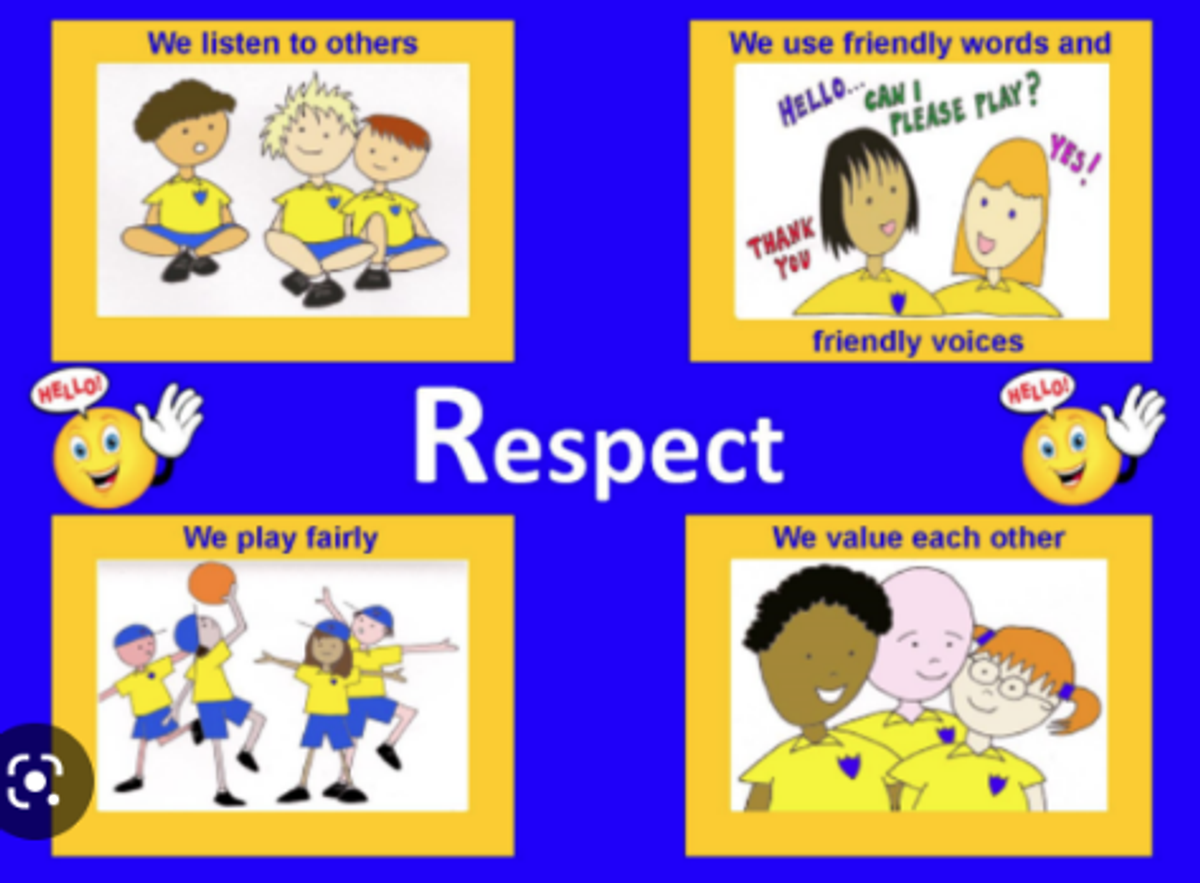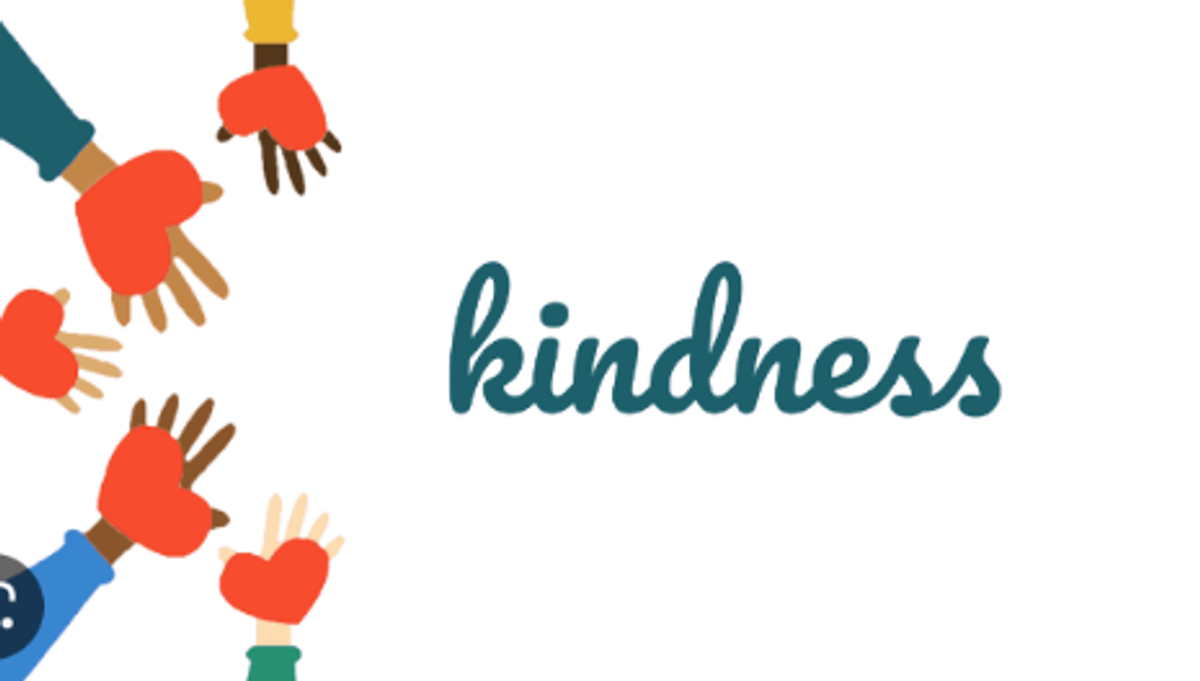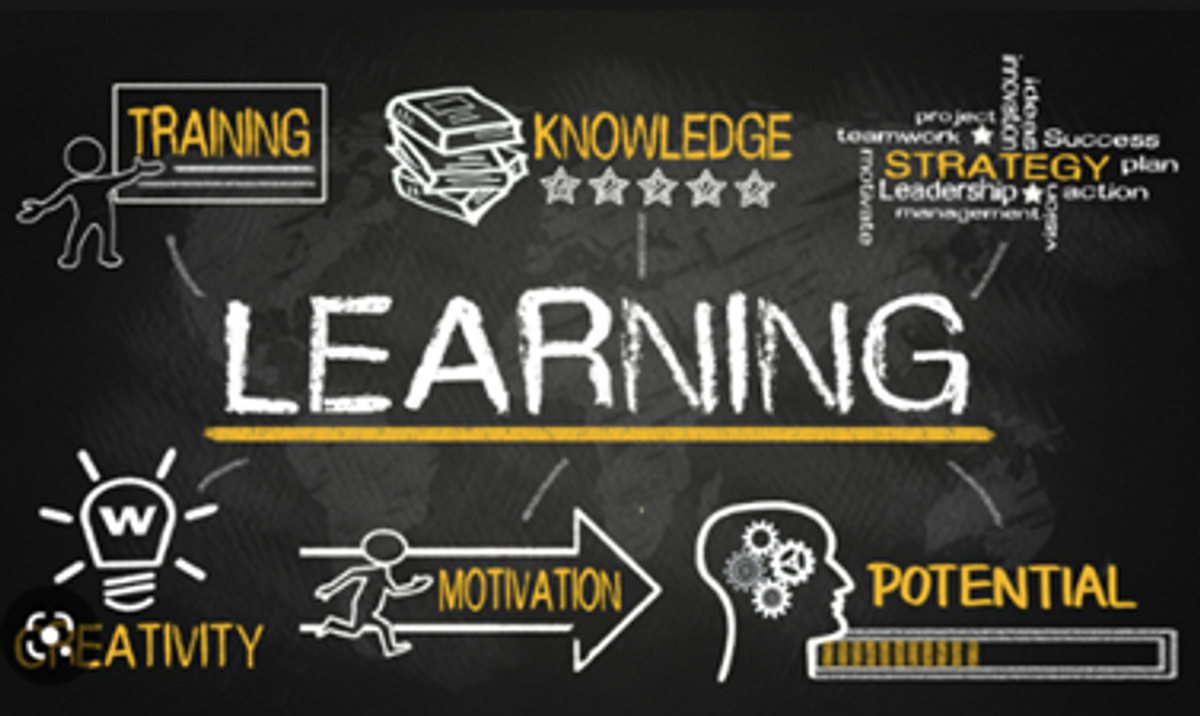Wellbeing

School Uniform
As the season is beginning to change this is a timely reminder to ensure that children have the appropriate school uniform and that it is labelled clearly.
Uniform can bring a sense of pride and belonging to a space. It also helps with the peer pressure that can be present in adolescent years. It also helps with students mindset of being ready to learn for the school day.
The uniform can be purchased from Noone in Hoppers Crossing.
54 Old Geelong Road
Hoppers Crossing Vic 2029
Ph 9749 0543
Trading Hours:
Monday - Friday 9.00am- 5.00pm
Saturday 9.00am-1.00pm
Please note that second hand uniform can be purchased with a donation to the school (see Morwenna) and there is a buy, swap, sell site on Facebook for families to utilise as well.
If there is difficulty in purchasing the uniform, please contact one of the Assistant Prinicpals (Mal P-2, Brianna 3-5, Jess DeBono 6-8) who can support you with this.
Regards,
Brianna
School Holidays - Children's Play
A child’s job is to play. They love to be active. Making physical activity a part of their daily routine is not only fun, but also healthy. Encouraging kids to be active when they are young establishes a routine that could stay with them throughout their life.
The school holidays are a great opportunity to be outside and explore. Below are some tips from The Better Health Channel.
The benefits of physical activity for children
Some of the benefits of physical activity for children include:
- improved cardiovascular fitness (heart and lungs)
- maintenance of a healthy weight
- improved posture
- better sleep patterns
- increased self-esteem and confidence
- improved concentration
- help with relaxation
- building stronger bones and muscles
- improved balance
- skills development
- increased flexibility
- opportunities to make friends and enhance social skills.
Recommended amount of physical activity for children
Australia's Physical Activity Recommendations for 5–12 Year Olds states that kids need to do at least 60 minutes of physical activity every day, but can benefit from up to several hours of physical activity over the course of each day. This activity can be a combination of moderate to vigorous activities.
Adult physical activity sets a good example for children
Children learn by example. Research shows that the involvement of parents in physical activity can increase a child’s participation.Set a good example for your child in the following ways:
- Modelling – show your child you regularly participate in physical activity yourself.
- Allow your child to choose the type of activity they are interested in.
- Promote acceptance of different body shapes and ability levels.
- Reinforce the social benefits of physical activity as well as the physical.
- Help your child develop skills and strategies for coping with different physical activity environments.
- Restrict television watching and ‘screen time’ (such as surfing the internet and playing computer games) to less than two hours per day. Limit viewing to programs that family members specifically want to watch. When the program is finished, turn the television off. Remember you are always modelling, if you use your screens less – so Physical activities for children in the colder months
Being active on sunny days is easy, but most of us tend to stay indoors over winter. Suggestions for staying active in colder months include:
- Rug up and explore the outdoors on cold, wet days. Give your child the opportunity to see what places such as the beach look like in a different season.
- Splashing through puddles is fun. Put on gumboots and raincoats, and go puddle-jumping with your child.
- Many activities can be performed indoors such as swimming, trampolining, table tennis and cricket. Explore different options in your neighbourhood.
- Some sports, such as Australian Rules football, are traditionally played during the winter months.
I hope you all enjoy your break outside. I can’t wait to hear all about the adventures you have had as a family.
Regards,
Brianna
School Values
This term during whole school and sub-school assemblies we have been discussing how to be positive members of the school community. We are highlighting the different values of the school and their behaviours.
Through consultation of the school community these behaviours were created to match each of the values.
These values and behaviours can be a great tool when talking with your children about school and their learning.
Teamwork
- I will speak with others respectfully
- I will listen to others
- I will respect other people’s ideas
- I will help others
Respect
- I will use my manners
- I will respect the environment around me
- I will treat others how I would like to be treated
- I will use a respectful tone when talking with others
Integrity
- I will help others when they need help
- I will stand by my morals
- I will be honest
- I will help others to do the right thing
Kindness
- I will help other people
- I will include others
- I will apologise and admit I have done something wrong
- I will speak nicely to others
Learning
- I will be ready on time
- I will try my best
- I will pay attention to who is talking or teaching
- I will ask for help





